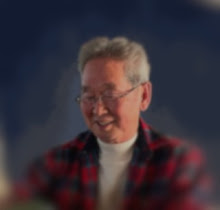10月20日を過ぎてやっと庭のキンモクセイの花が開きました。顔を近づけないとまだ香りがしません。これまでで一番遅い、3週間遅れの開花です。極端な夏の暑さや少雨のせいで時計が狂ったのかもしれません。もちろん狂ったのは気候の時計のはずです。
ずいぶん前にスケッチした志摩半島の先端にある大王埼灯台です(灯台のある岬は大王崎)。半分くらいしか色を付けず、他は何色かをメモ書きしただけでした。このブログを終わりにする前に載せておきたいと思い デジタルで色付けしました。このごろはAIにイメージを描かせたものが出回っていると聞きますが、これはタブレットとペンの手描きです。長い間 残しておいた宿題が、AIではありませんが、その当時夢にも思わなかったテクノロジーの助けで仕上がりました。
-----
On October 21th, the flowers of the osmanthus in the garden finally opened. It will take a few more days before it covers itself up with sweet smell. As for as I remember, it is the slowest flowering ever, three weeks late. The clock may have gone crazy maybe due to the extreme summer heat and little rain. Of course, it must be the climate clock that derailed.
This is the Daiosai Lighthouse located at the tip of the Shima Peninsula, Mie pref. that I sketched a long time ago. At that time I only added half of the colors, and I just wrote down names of colors for others. I wanted to post to this blog before I stopped it, so I colored it digitally. I hear recently that non-human AI could draw images, but this is hand-drawn by tablet and pen. The homework I had left behind for a long time was completed with, not AI, but the help of technology, which I had never dreamed of at the time.





